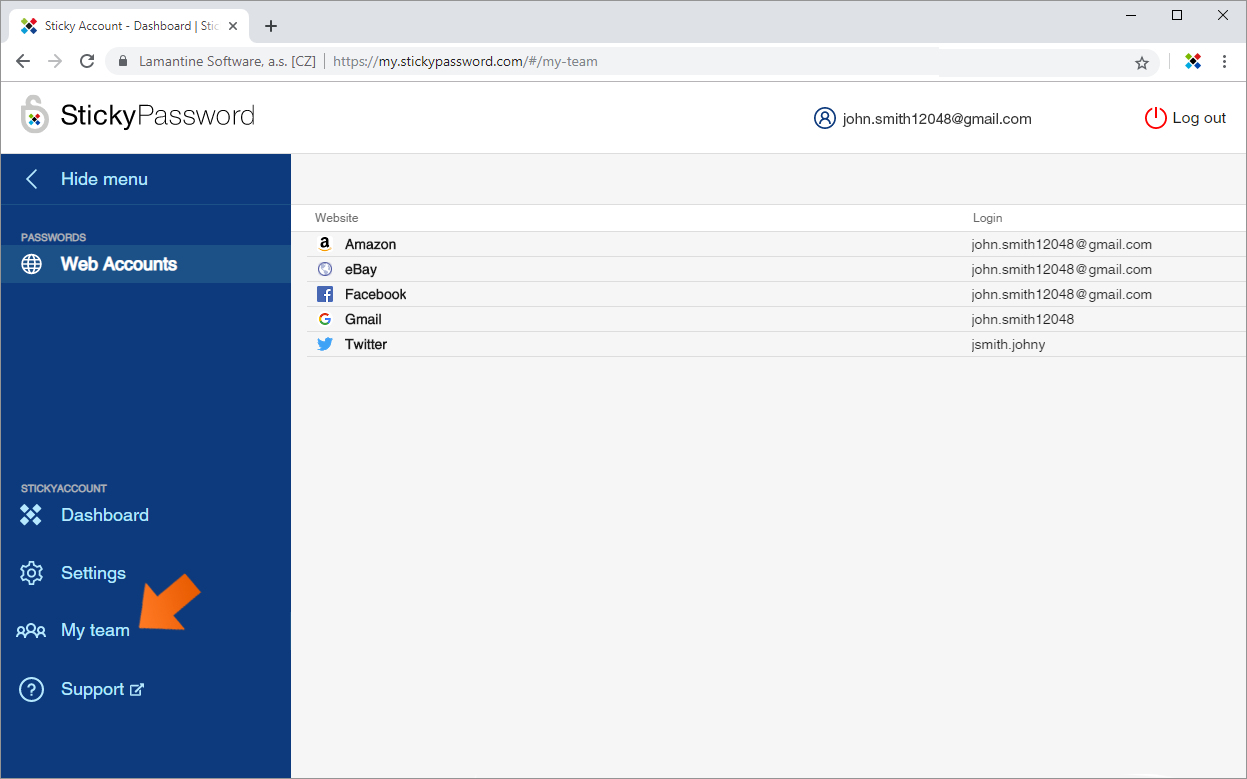

- #How does sticky password create access token how to#
- #How does sticky password create access token code#
Controllers, this folder contains the controllers implemented with ASP.NET Core for the API consumed from the SPA.This is the app that we will modify to support the BFF pattern. ClientApp, this folder contains a sample SPA implemented with React.js.Projects created with that template from Visual Studio will have the following folder structure.

You can use this GitHub repository as a reference for the project you are about to build.

#How does sticky password create access token how to#
As shown in the following picture, those templates are ASP.NET Core with Angular, ASP.NET Core with React.js, and ASP.NET Core with React.js and Redux, which includes all the necessary plumbing for using Redux.Īs part of this article, we will be discussing how to implement this pattern with the ASP.NET Core with React.js template. Visual Studio ships with three templates for SPAs with an ASP.NET Core backend.
#How does sticky password create access token code#
The name also implies that a dedicated backend must be available for performing all the authorization code exchange and handling of the access and refresh tokens. The Backend For Frontend (a.k.a BFF) pattern for authentication emerged to mitigate any risk that may occur from negotiating and handling access tokens from public clients running in a browser. By sticking to one of those flows, you can also lower the risks of getting the application compromised from an authentication and authorization standpoint. The client type will determine one or more OAuth flows suitable for the application implementation. On the other hand, confidential clients are the ones that can keep secrets in a private store, like, for example, a web application running in a web server, which can store secrets on the backend. These usually are single-page apps running in a browser or native apps running in user devices such as mobile phones or smart TVs. Public clients are those that run in places where secrets could be exposed as part of the source code or if the binaries are decompiled. The OAuth 2.0 specification defines two different client types, public and confidential clients, under section #2.1. What Is the Backend For Frontend Authentication Pattern?Īs you start looking into the different OAuth flows and the scenarios they cover, client type is one of those relevant aspects mentioned everywhere. Basic knowledge of the OAuth 2.0 and OpenID Connect is desirable but not required. TL DR: This article discusses the Backend For Frontend authentication pattern and how it can be used in practice in SPAs implemented with React that use ASP.NET Core 5 as backend.


 0 kommentar(er)
0 kommentar(er)
